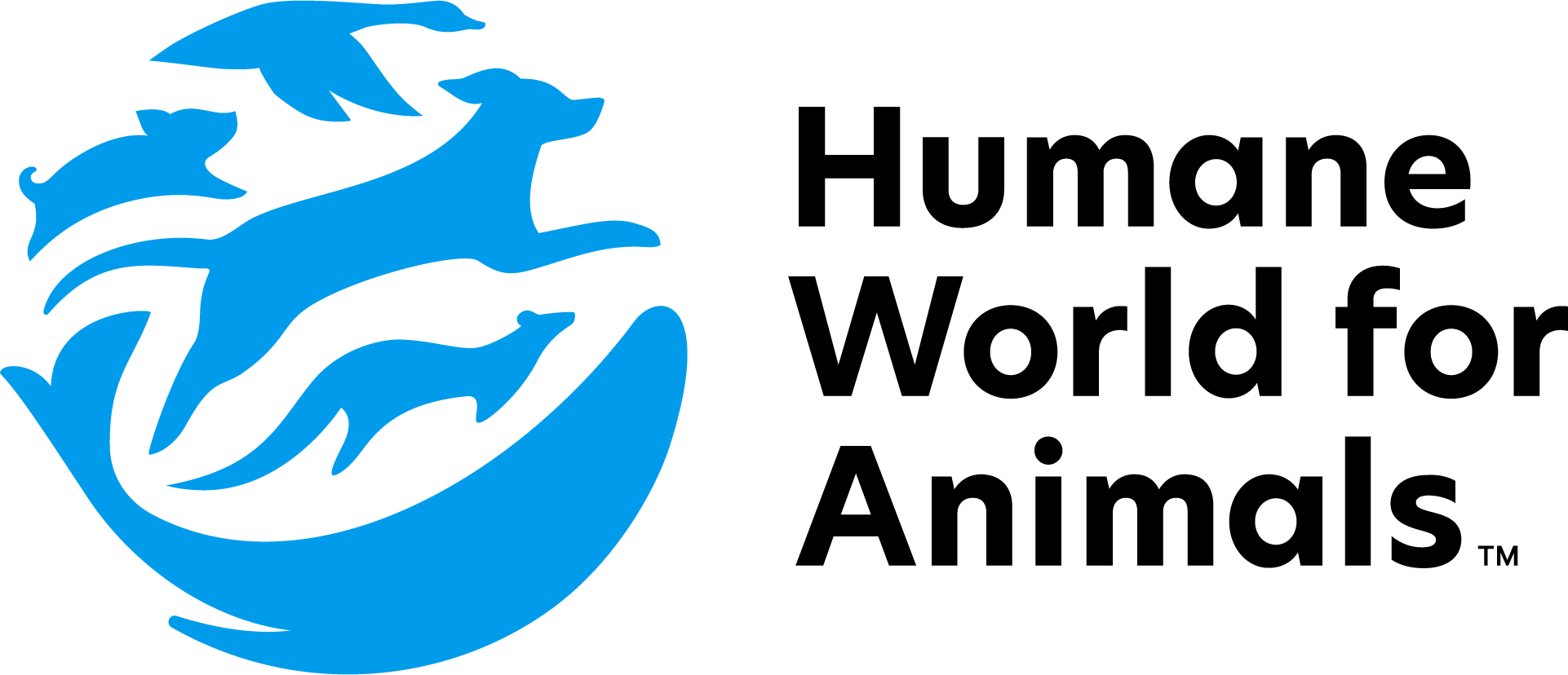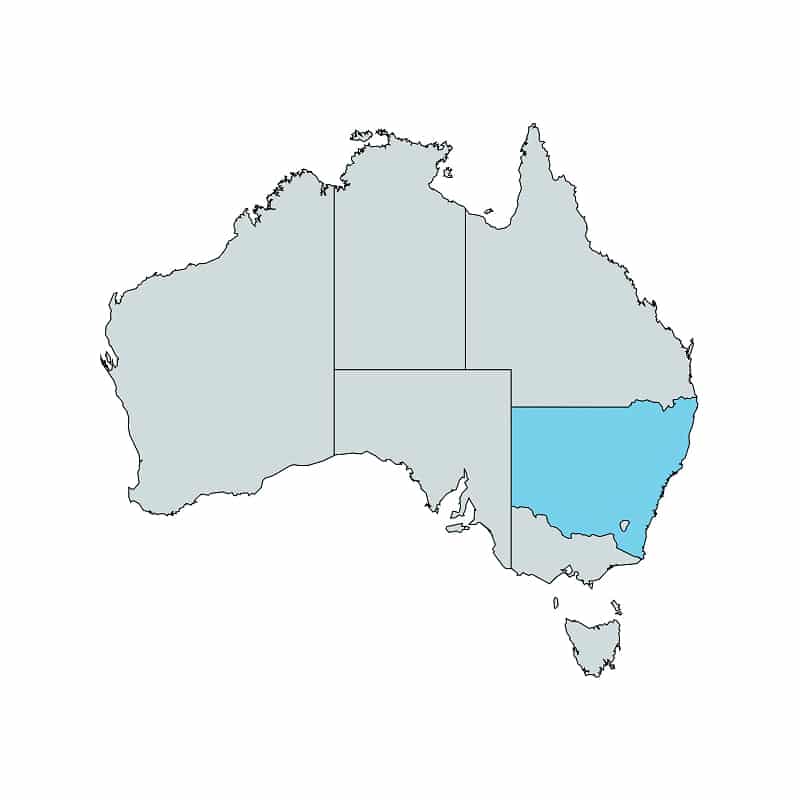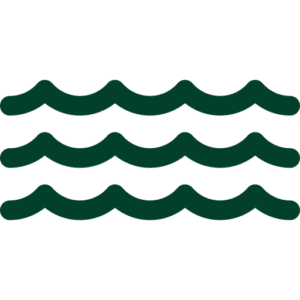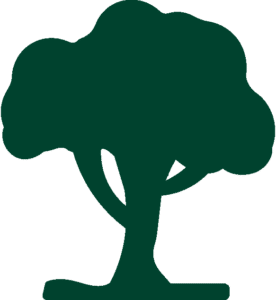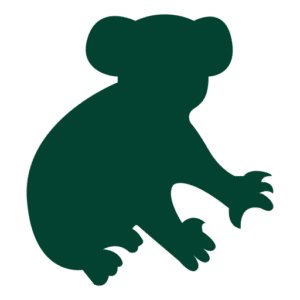Andrew and Jonathan Cleary are the owners of Nuggan, a protected coastal wilderness located on the New South Wales South Coast just north of Bawley Point village. This rare and irreplaceable property features an undulating landscape with approximately 90% of the land covered by native vegetation across six distinct Plant Community Types (PCTs). Of its total area, around 300 hectares are old-growth native forests, comprising mainly wet sclerophyll and temperate rainforest ecosystems. Nuggan lies between two lakes—Lake Meroo to the north, a wetland of national significance, and Willinga Lake to the south—offering a stunning natural setting with direct ocean frontage to the east. The property shares its northern boundary with Meroo National Park, part of a vital wildlife corridor connecting to Moreton National Park. The property is also part of the Land for Wildlife program. Recognising its exceptional ecological value, Nuggan is being permanently protected through registration with the NSW Biodiversity Conservation Trust (BCT). This conservation agreement ensures that the property’s extraordinary landscapes, old-growth forests, and diverse wildlife will be safeguarded into perpetuity, maintaining an important stronghold for Australia’s threatened species and unique ecosystems. The owners of Nuggan eventually desire to gift the property to a not-for-profit organisation.
Nuggan spans 333 hectares. Following a comprehensive ecological assessment, Nuggan has been found to support six distinct PCT and around 240 individual plant species, including: South Coast Temperate Gully Rainforest Shoalhaven Spotted Gum – Blackbutt Forest South Coast Lowland Shrub–Grass Forest Shoalhaven Lowland Bloodwood Shrub Forest– South Coast Lowland Blackbutt Forest– Shoalhaven Lowland Flats– Wet Swamp Forest. Notable native plant species found at Nuggan include spider orchids (Caladenia sp.), and scrub turpentine (Rhodamnia rubescens).
Nuggan’s rich biodiversity extends to its wildlife, providing habitat for 126 bird species, 23 mammal species, 14 amphibian and 14 reptile species. Noteworthy species include Endangered greater gliders (Petauroides volans) and green and golden bell frogs (Litoria aurea) as well as Vulnerable yellow-bellied gliders (Petaurus australis), eastern pygmy possums (Cercartetus nanus), sooty owls (Tyto tenebricosa) and glossy black-cockatoos (Calyptorhynchus lathami).
